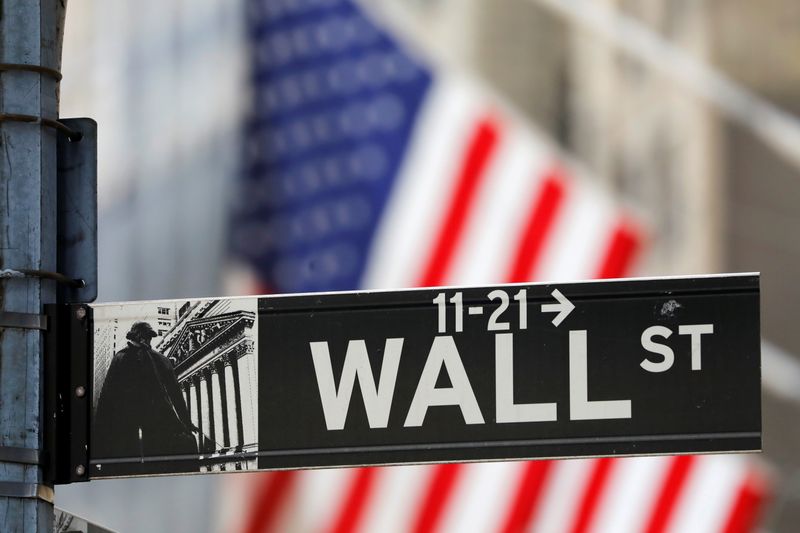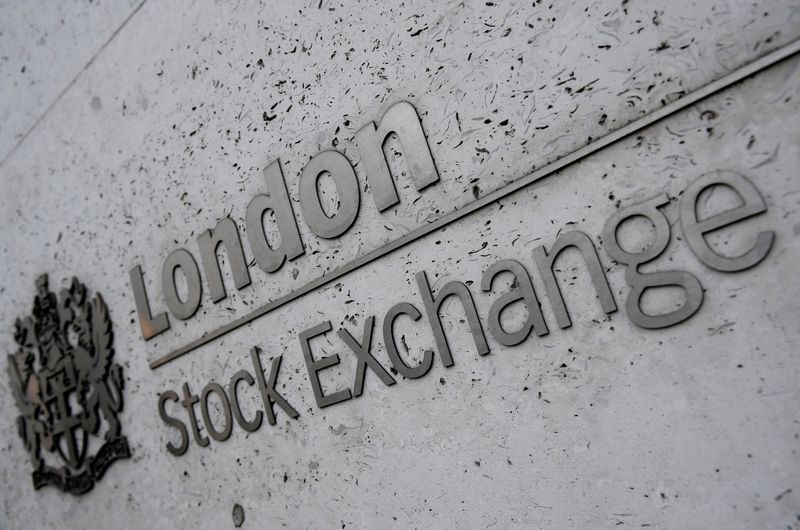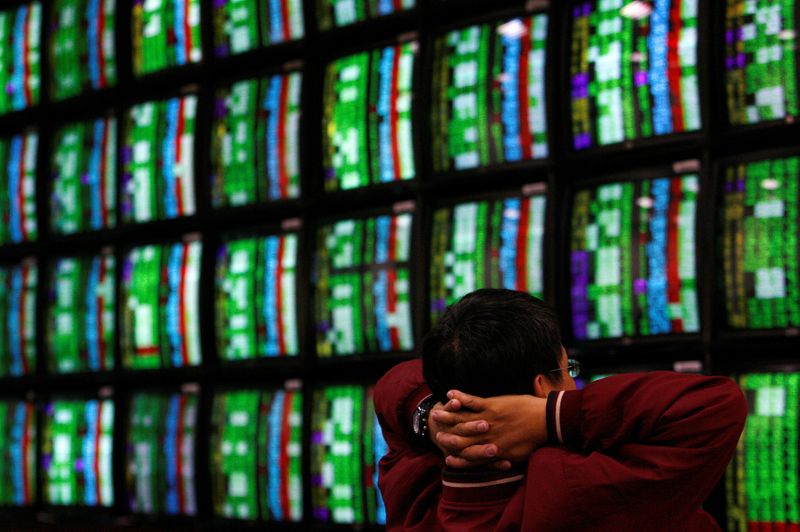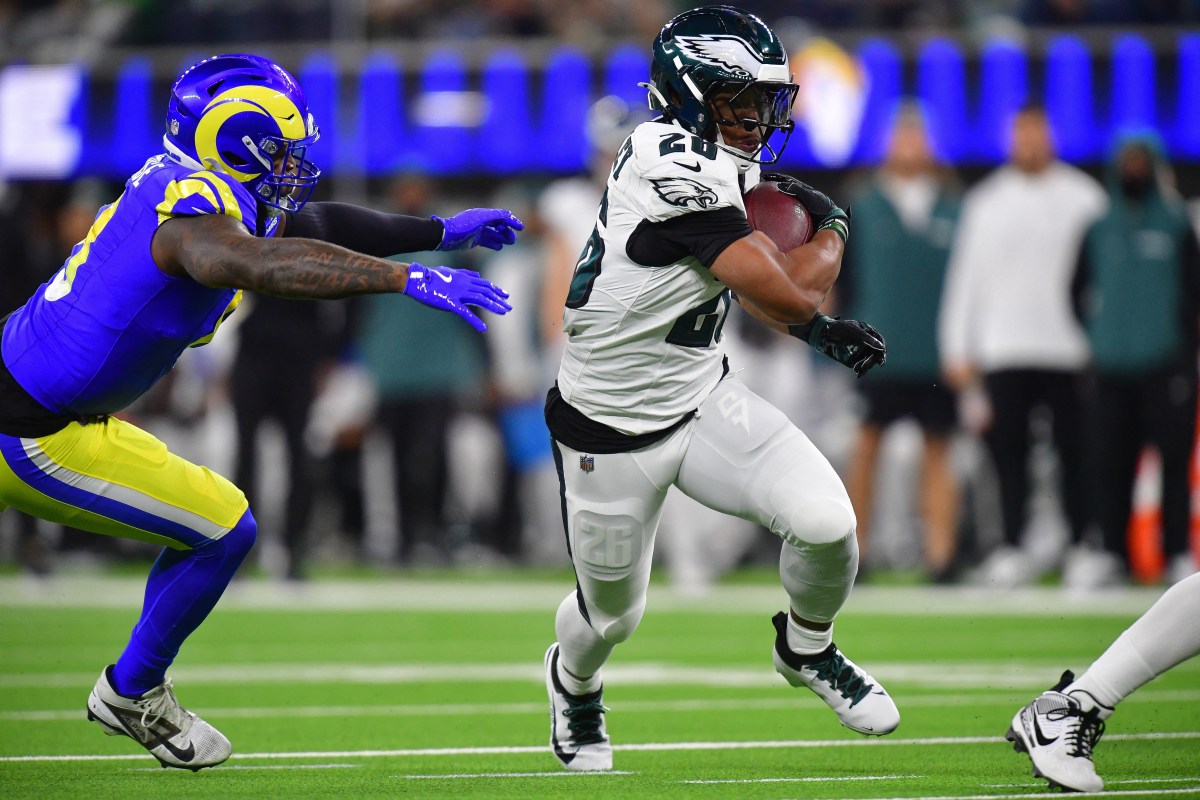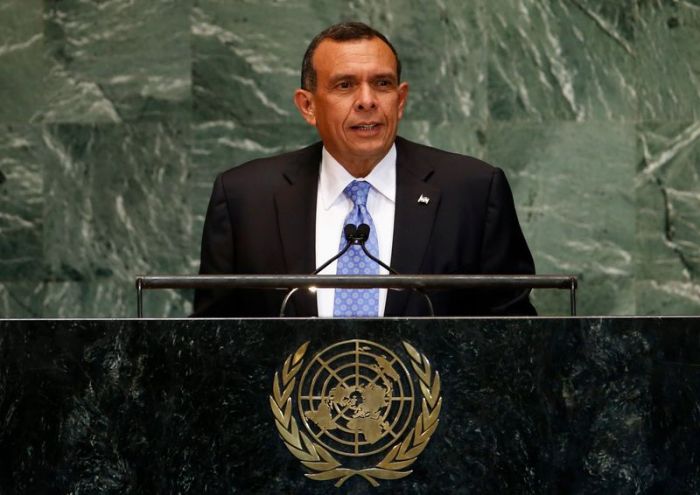NEW YORK (Reuters) – Wall Street notched a comeback on Tuesday with all the major indexes closing higher, and yields on safe-haven U.S. Treasuries bouncing off lows as investors sought riskier assets even as worries remained about a resurgence in COVID-19.
Wall Street’s main indexes all rose by more than 1.5%, with the Dow ahead of the others. Yields on U.S. 10-year Treasuries came off a new five-month low.
“Today’s move was basically due to an over-correction from yesterday. Yesterday, it was an overreaction to an inflation scare, and the virus,” said Catherine Avery, president of Catherine Avery Investment Management. “I think people are realizing that as earnings are coming out more and more, that stocks are the place to be.”
The Dow Jones Industrial Average rose 549.95 points, or 1.62%, to close at 34,511.99, the S&P 500 gained 64.57 points, or 1.52%, to end Tuesday at 4,323.06 and the Nasdaq Composite added 223.89 points, or 1.57%, to wind down the day at 14,498.88.
Of the 11 major sectors in the S&P 500, all but consumer staples .SPLRCS closed up. Industrials rose the most, climbing 2.7%.
MSCI’s gauge of stocks across the globe gained 0.83%.
Ten-year Treasury yields rose 2.9 basis points to 1.210%, after tumbling to 1.128% earlier in the session. The yield on the benchmark 10-year note has plunged almost 30 basis points in a week after investors were convinced that data for June showed the biggest jump in U.S. consumer prices in 13 years was short-lived.
“The bond market has valid concerns. But, even with the moderated outlook, it still leaves a lot of room for equities,” said Jack Ablin, founding partner and chief investment officer at Cresset Capital Management. “The bond market isn’t calling for a recession, but perhaps a tamping down of growth expectations.”
In a separate gauge of investor risk appetite, bitcoin fell below $30,000 for the first time since June 22.
“The narrative from yesterday that bled through the weekend was a little bit of a risk-off scenario around the increasing COVID cases,” said Charlie Ripley, senior investment strategist for Allianz Investment Management. “I don’t think it’s so much that investors are worried about the cases themselves. It’s government officials and their reaction, where we could get into a situation where restrictive measures get put in place again, that dampens growth over the long run.”
Riskier assets globally have come under pressure recently as many countries struggle to contain the outbreak of the fast-spreading Delta virus variant, raising fears that further lockdowns and other restrictions could upend the worldwide economic recovery.
A fully vaccinated senior aide to U.S. House of Representatives Speaker Nancy Pelosi tested positive for COVID-19, Pelosi aide Drew Hammill said on Tuesday.
The Delta variant is the cause of more than 80% of the new COVID-19 cases in the United States, but the authorized vaccines in the country are still more than 90% effective in preventing hospitalizations and deaths, top U.S. infectious disease expert Anthony Fauci said during a U.S. Senate hearing.
The U.S. dollar rose to a three-month peak on Tuesday as investors continued to flee to safety.
The gains in the dollar come as yield differentials have moved against it.
In afternoon trading, the dollar index, a measure of its value against six major currencies, rose 0.1% to 92.961, after hitting a three-month high of 93.161 earlier in the session. (GRAPHIC-Dividend yield vs bond yield, https://fingfx.thomsonreuters.com/gfx/mkt/jnpweggxqpw/Pasted%20image%201626766612409.png)
Oil prices turned positive as investors looked to buy a dip.
U.S. crude rose 1.36% to $67.42 per barrel and Brent was at $68.87, up 0.36% on the day.
(Reporting by Jessica DiNapoli in New York; additional reporting by Tom Arnold in London, Kane Wu in Hong Kong, Sujata Rao and Andrew Galbraith; editing by Lisa Shumaker, William Maclean and Richard Pullin)

